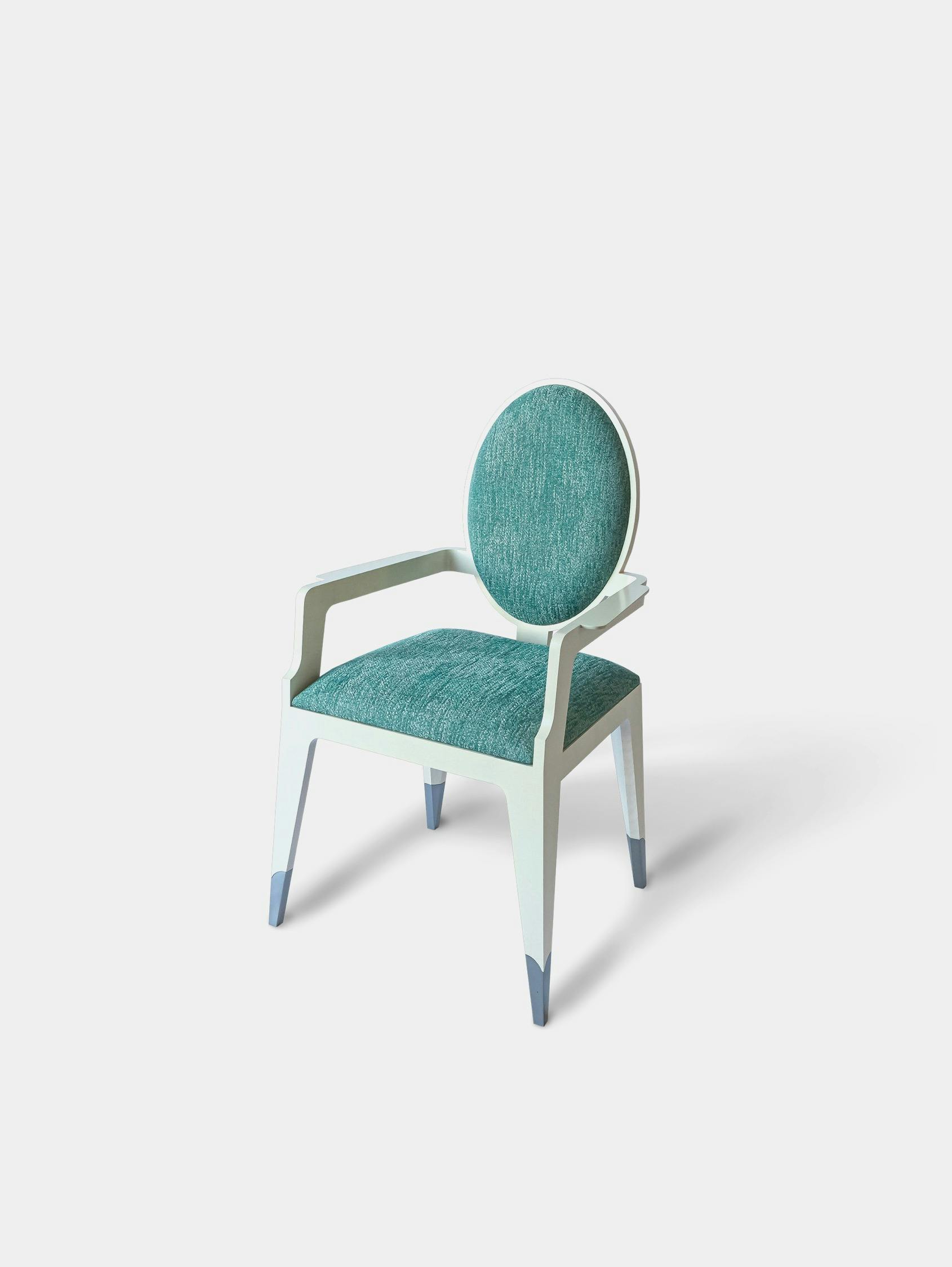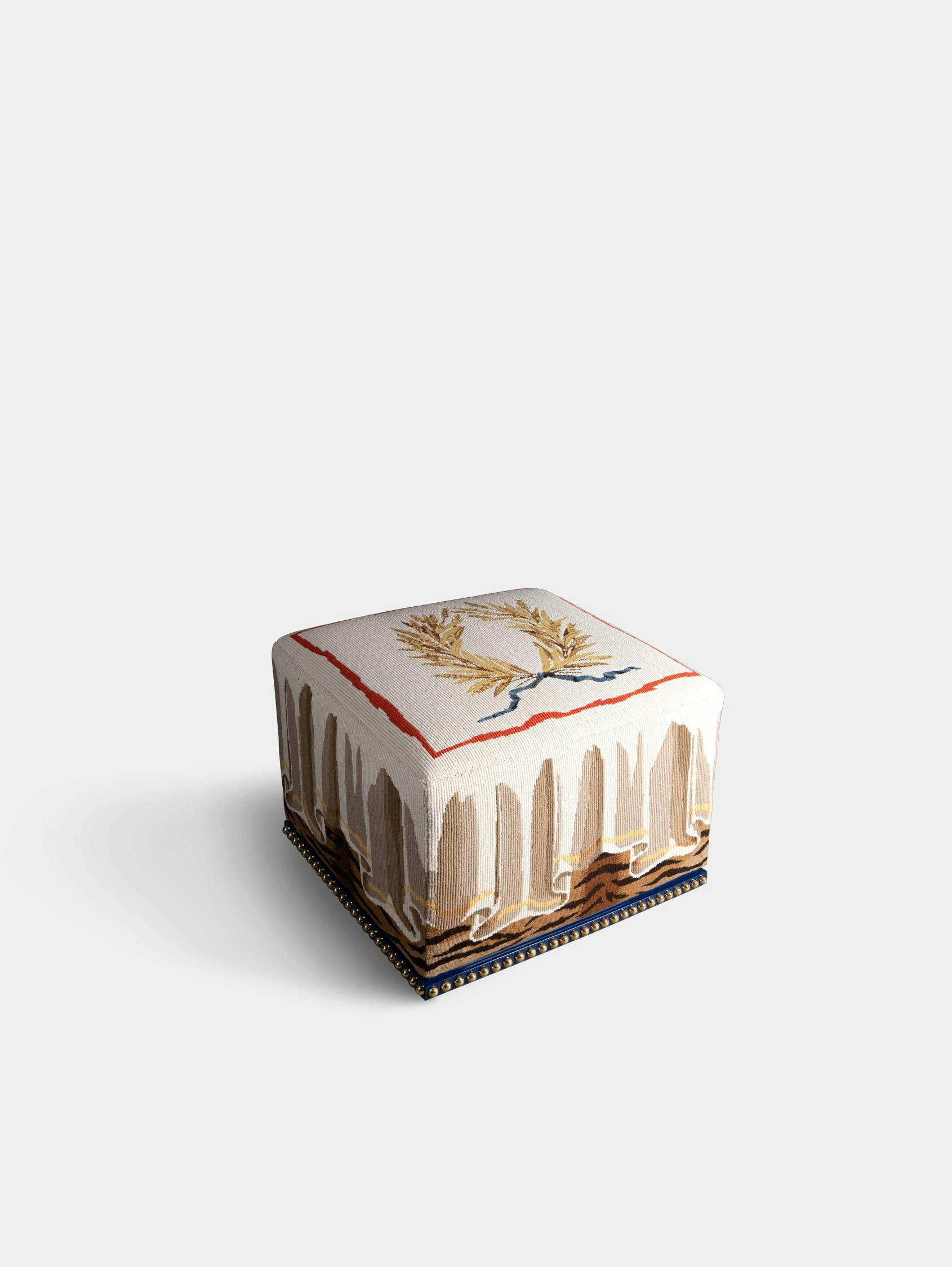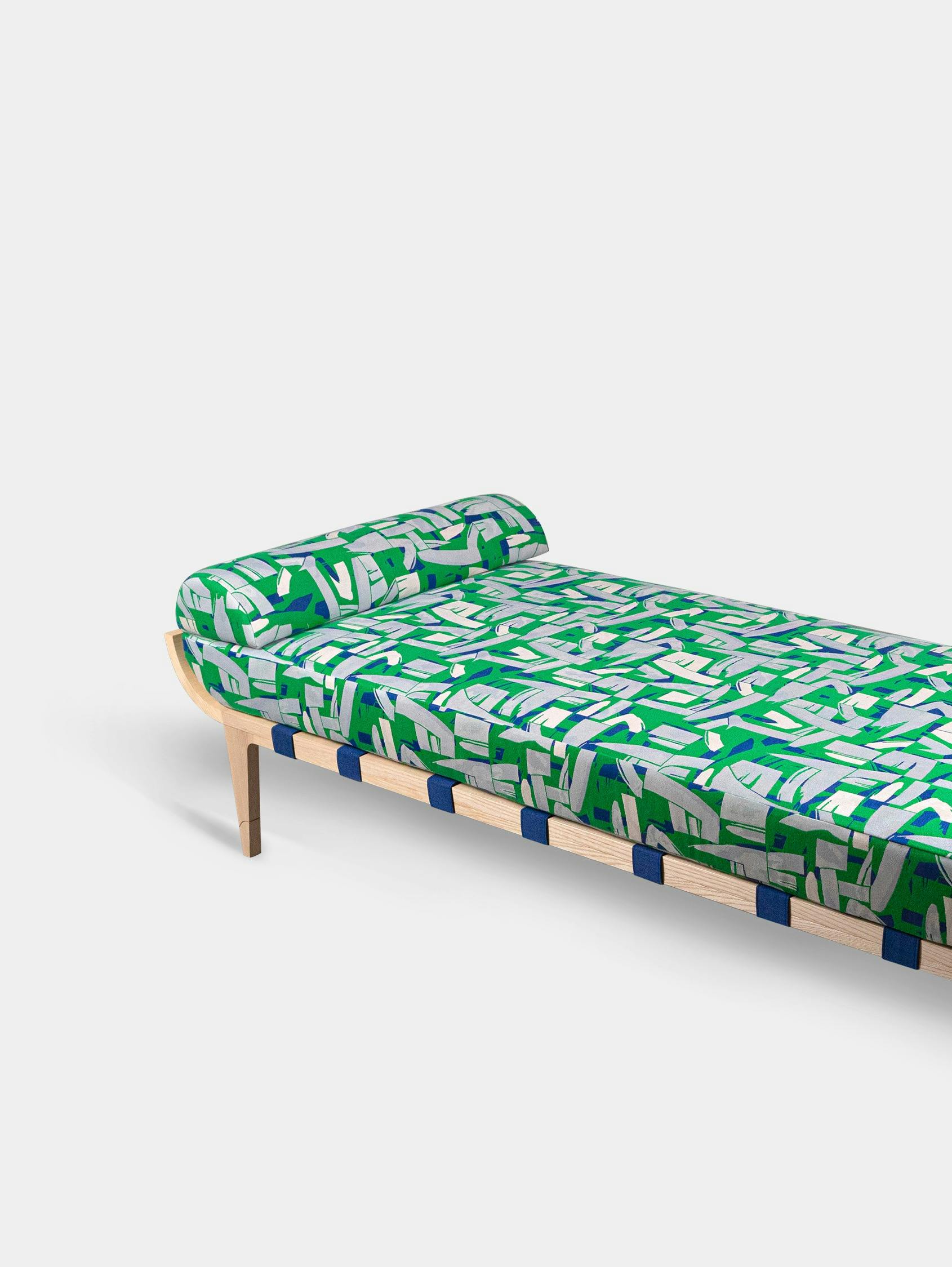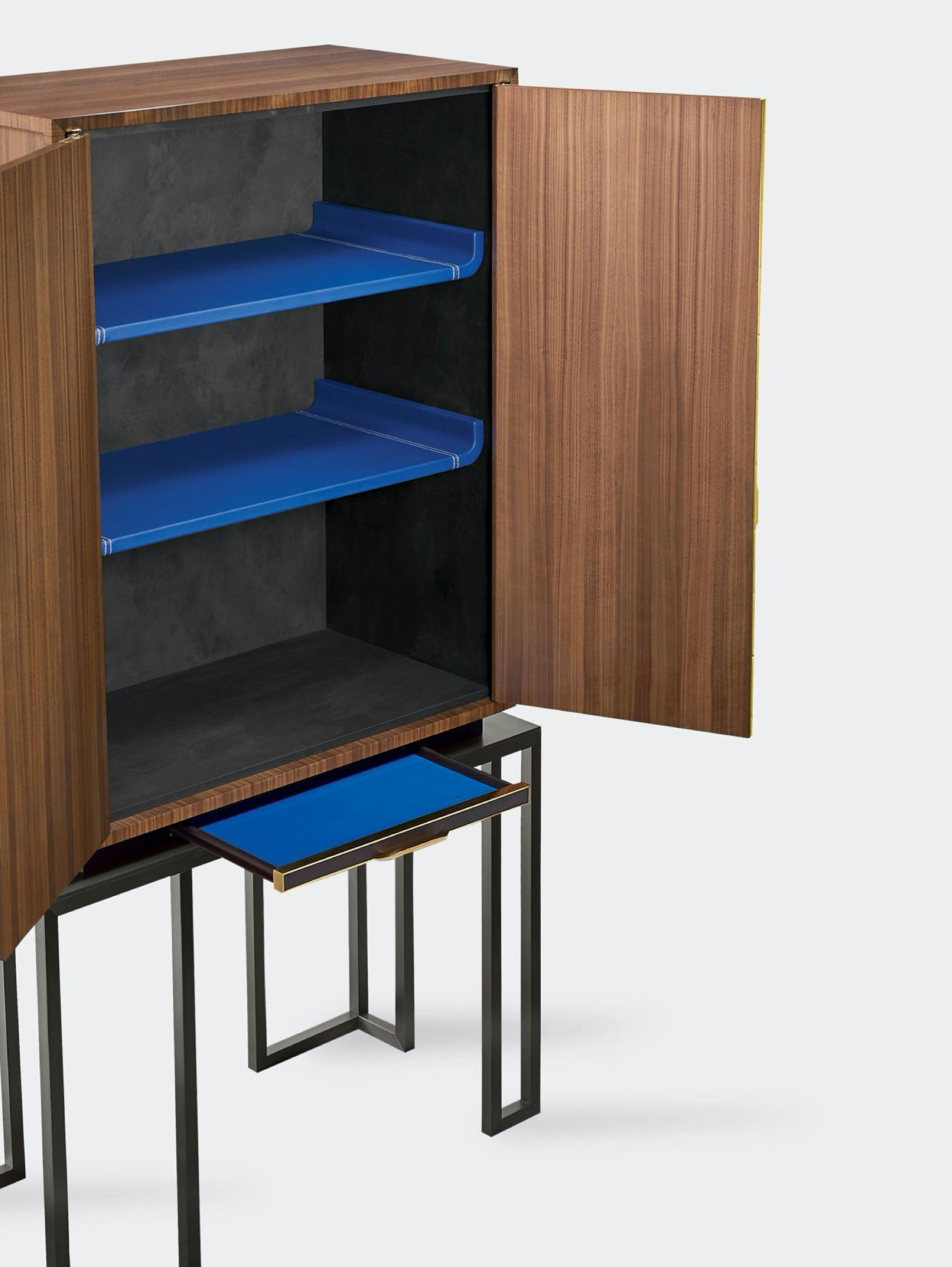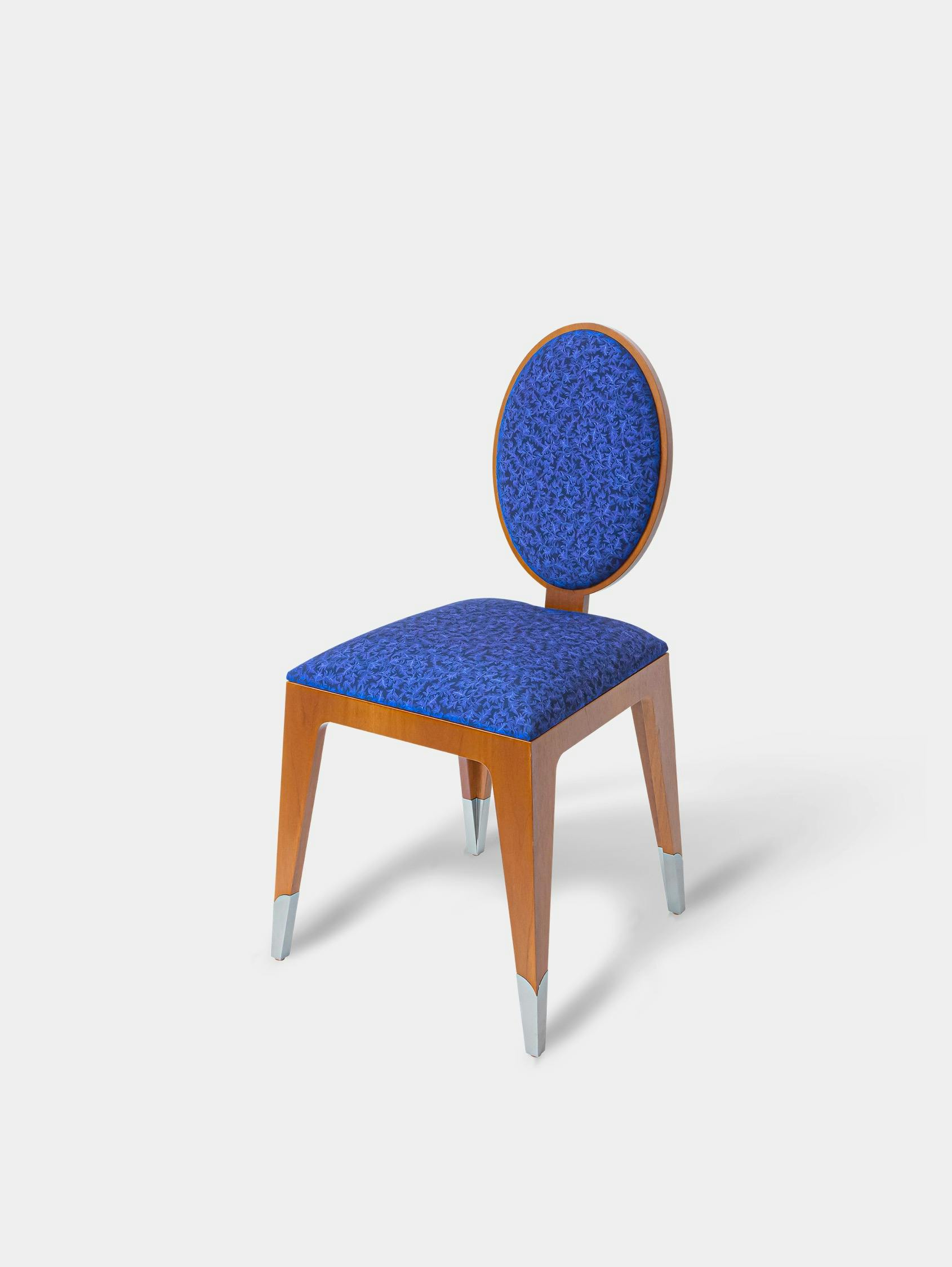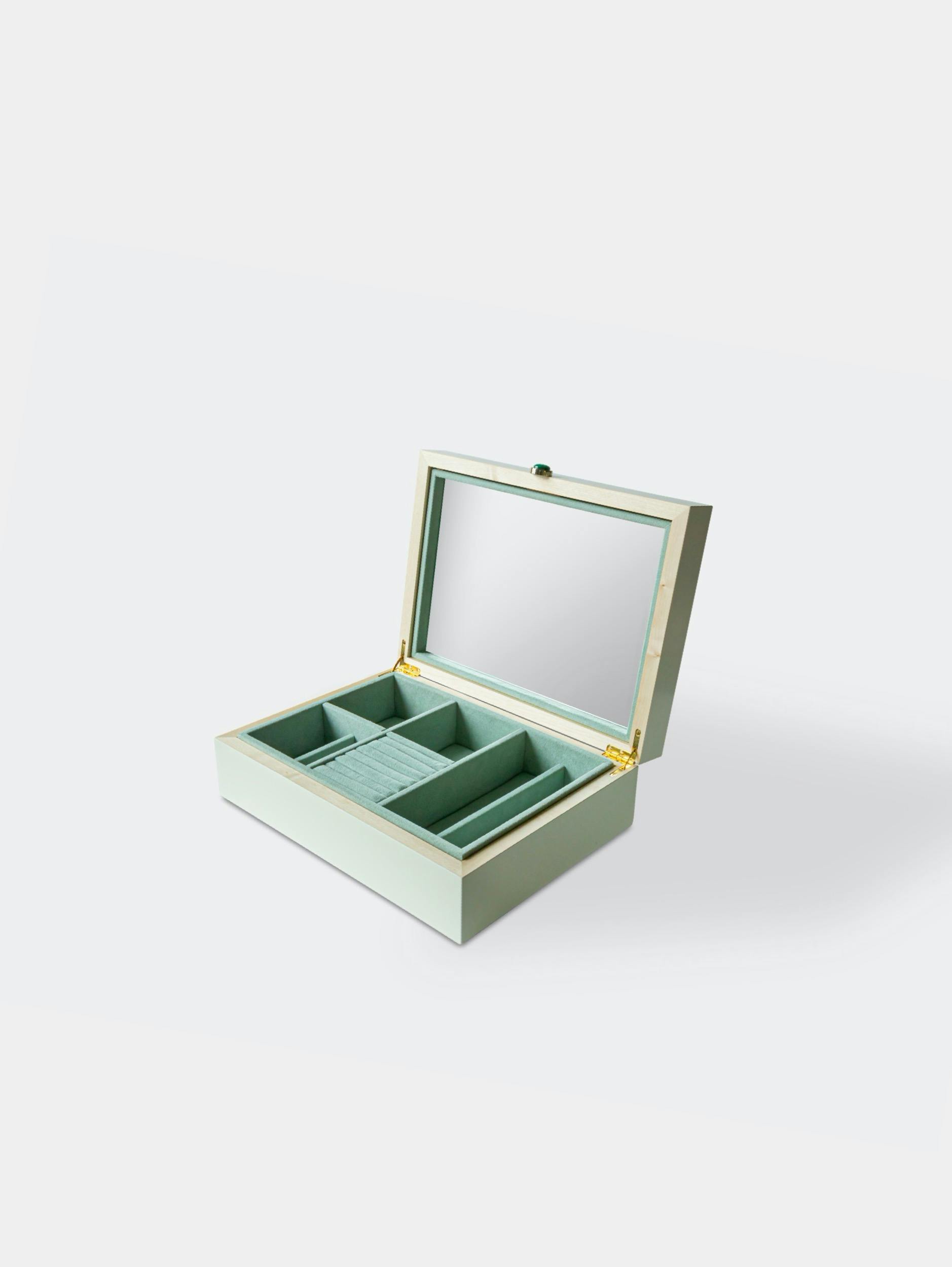Sheating
Sheathing is a subtle, ancient art, a traditional form of hand-executed savoir-faire. It involves snugly covering any object or piece of furniture with fabric, leather, felt, or other similar material.
The history of this art dates to antiquity, when sheathing served a more decorative purpose to enhance luxury objects, such as chests or mirrors. In the Middle Ages, sheathing appeared primarily on religious objects, including missals, reliquaries, and candleholders in various forms.
During the Renaissance, the technique was perfected and its popularity increased. It began being used to decorate furniture, such as chairs or tables. But it was truly during the Age of Enlightenment that French craftsmen developed more advanced techniques for working with and beautifying leather with hot foil stamping or leather marquetry. Their art became very popular, sought-after for covering furniture items, such as chests of drawers or wardrobes, to give them a richer, more luxurious appearance.
In the 19th century, sheathing became more accessible and widespread, found on everyday objects such as card holders, cases for writing instruments, and, of course, the cigar box, a very common object in the day.

















